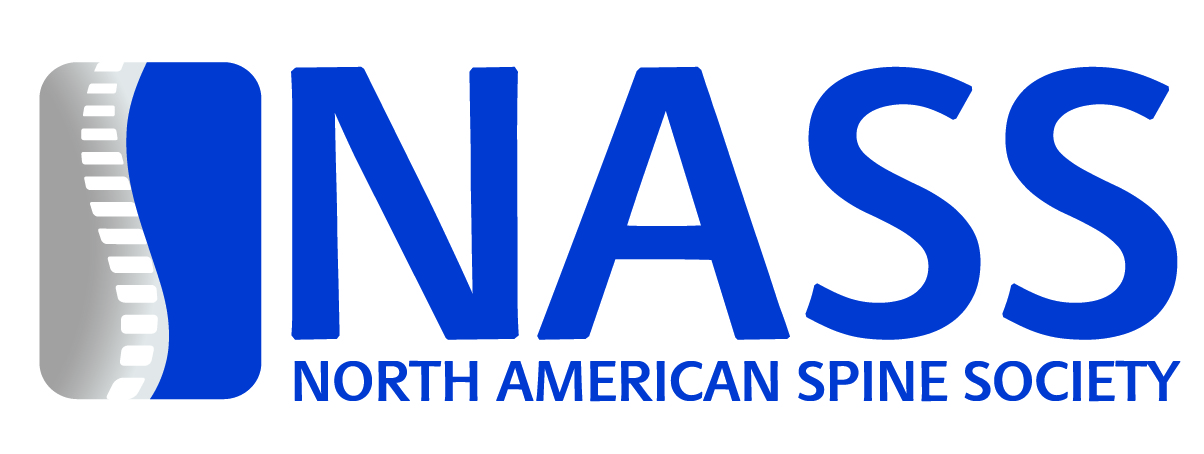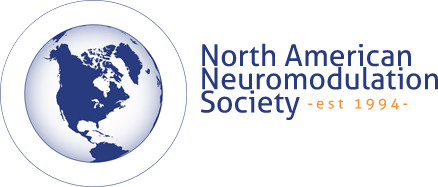At Spine Institute of North America, we provide expert treatments and education on conditions affecting the spine and nervous system. One such condition is Chiara malformation (CM), a structural issue at the base where the brain tissue extends into the spinal canal. CM can cause permanent damage to muscles, nerves and respiratory failure.
What Is Chiari Malformation?
Chiara malformation occurs when the bottom part of the brain, called the cerebellum, pushes down into the space where the spinal cord begins. This displacement can disrupt the flow of cerebrospinal fluid (CSF), leading to symptoms that vary in severity.
There are four types of Chiari malformation, which are classified based on the extent of the brain tissue displacement and whether it occurs alongside other abnormalities.
Type I
Type I is the most common form, where a section of the cerebellum dips downward through the base of the skull. Type I is often found in teens or young adults.
Type II
Type II, also known as Arnold Chiari malformation, is more severe and usually diagnosed at birth — typically in infants with spinal myelomeningocele or spinal bifida. It can even cause paralysis, and some patients can develop a syrinx, which is a fluid-filled cyst or a cavity within the spinal cord itself, either called syringomyelia or hydrocephalus. A syrinx can expand over time, injuring nerve fibers in the spinal cord, so it’s best to address it.
Chiari 2 malformation is a congenital malformation of the posterior fossa that puts pressure on parts of the brain and spinal cord due to the rear of the skull bulging through a normal opening called the foramen magnum.
Type III and IV
Type III and IV are rare and more severe forms involving significant structural abnormalities that may be life-threatening. Babies with either of these types can have additional issues, such as seizures and mental and physical delays.
With Type III, patients have some of their cerebellum and the brain stem sticking out or herniating through the back of the skull. Type IV involves an incomplete or underdeveloped cerebellum, as some parts are missing. Doctors may even see some portions of the spinal cord and skull.
Symptoms of Chiari Malformation
With Type I, the main symptoms experienced by patients are:
- Headache in the back of the head made worse by laughing, bending over or sneezing — this is one of the more typical symptoms
- Dizziness and balance problems
- Numbness or weakness
- Sensitivity to bright lights
- Sleep apnea — in rare cases
- Trouble speaking
- Scoliosis
- Abnormal reflexes
- Lower back pain
- Ringing in the ears, otherwise called tinnitus — the sounds may happen in one or both ears
Some of the Type II symptoms are:
- Weakness in the arms
- Trouble swallowing
- Noisy breathing
- Apnea
Some of the Type III and IV symptoms include:
- Learning delays
- Seizures
- Neurological problems
What Causes Chiari Malformation?
The causes of CM vary depending on the type of malformation. At the Spine Institute of North America, we provide clear insights into the underlying causes to help patients better understand this condition. Although the exact cause is unknown, CM could be the result of the following:
- Genetic factors: A family history of CM or other cranial abnormalities may increase the likelihood of developing this condition.
- Developmental issues during fetal growth: Contact with infections, harmful substances, alcohol and illegal drugs while pregnant could cause developmental issues during fetal development, resulting in CM.
- Acquired causes: While less common, CM can also develop later in life due to trauma or excessive Cerebrosinal (CSF) loss — referred to as acquired CM.
- Vitamin deficiency: A case of CM type I with a spinal cord syndrome showed a B12 deficiency.
Diagnosis of Chiari Malformation
There are currently no tests available to determine if an infant will be born with CM, but your doctor may need to do the following if patients show no symptoms:
- Medical history and physical examination: The doctor must check your memory, cognition, touch, reflexes, sensation, balance and motor skills to diagnose CM.
- Imaging tests: MRI and CT scans may be necessary to obtain an accurate view of the brain and spinal cord.
Chiari Malformation Treatment Options
With nonsurgical treatments, specialists will have to watch for changes in health. The treatment options include:
- Pain medication to manage symptoms
- Physical or massage therapy — the use of soft pressure on tight muscles to relax them
- Nutrition therapy
- Speech therapy if patients have swallowing issues
The Chiari malformation surgery treatments are:
- Decompression surgery — posterior fossa decompression is the most common surgery to treat CM
- Laminectomy
- Duraplasty
- Electrocautery
- Shunt placement
Seek Medical Attention
At the Spinal Institute of North America, we know how important it is to address CM early. If you are experiencing symptoms such as headaches, balance issues or tingling in your limbs, don’t wait — these could be signs of Chiari malformation or another underlying condition that requires medical attention.
The Spine Institute of North America offers customized treatment programs, ensuring you fully understand them. Schedule your consultation today with one of our board-certified spine specialists.









